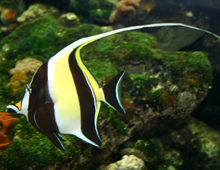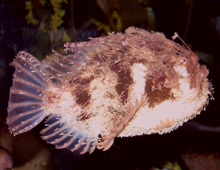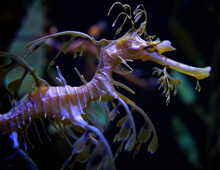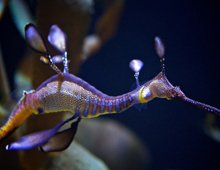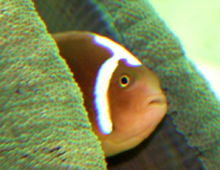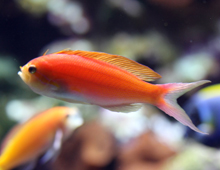
Like other fairy basslets, the Carberryi or Threadfin anthias lives in small schools composed of a dominant male and his harem of females. This species is found only in the Indian Ocean. It was described for science in 1954, one of 370 new fish species named by the famous South African ichthyologist J.L.B. Smith, who rediscovered the Coelacanth.

